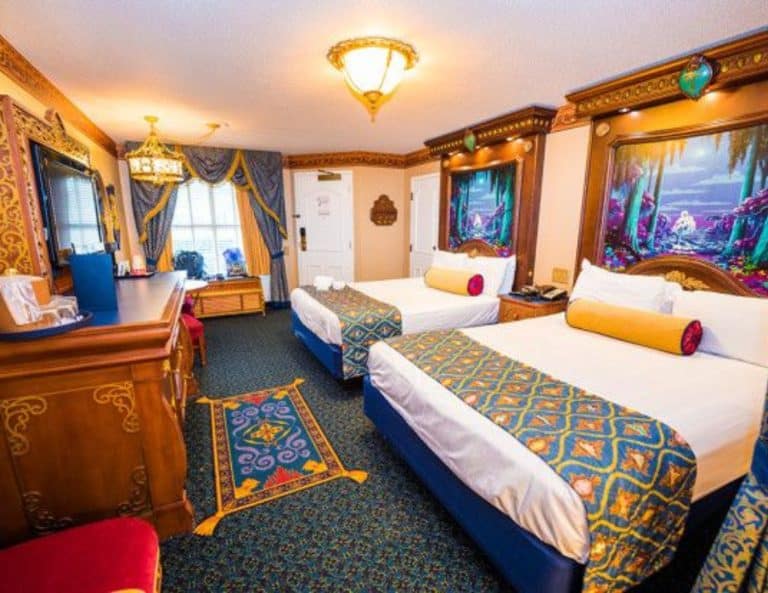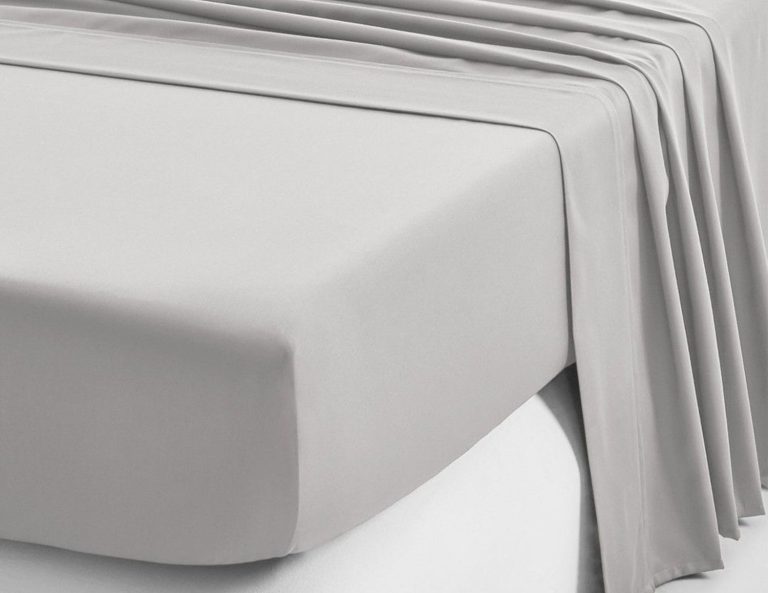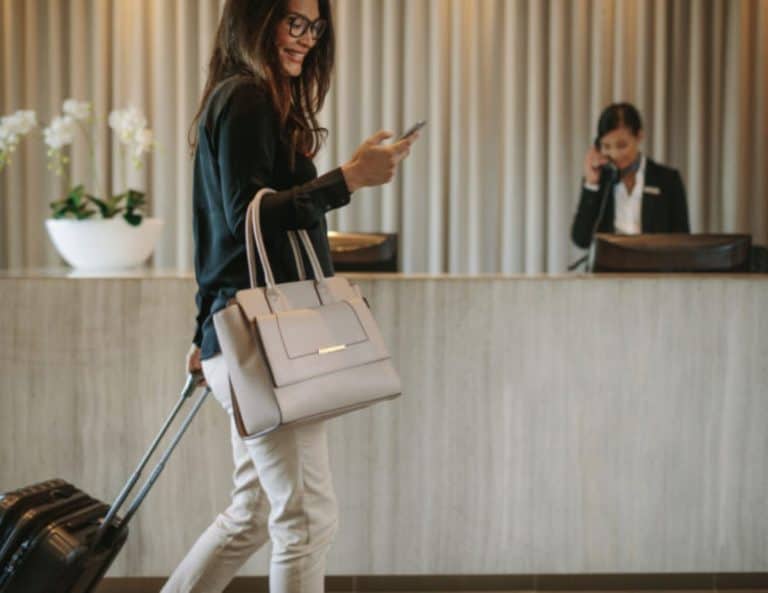Are you traveling and staying in a hotel without a microwave?
If you’re short on time, here’s a quick answer to your question: You can heat up food without a microwave in a hotel using alternative methods.
In this article, we will explore different ways to heat up your food without a microwave in a hotel.
Whether you’re on a business trip, vacation, or simply don’t have access to a microwave, these methods will come in handy.
From using the hotel’s appliances to utilizing portable gadgets, we’ve got you covered.
Read on to discover the best techniques for heating up your meals on the go.
Utilize the Coffee Maker
When it comes to heating up food without a microwave in a hotel, one surprisingly handy appliance you can use is the coffee maker. Here are two methods you can try:
Boiling Water Method
The first method involves utilizing the coffee maker to boil water, which can then be used to heat up your food. Start by filling the coffee pot with water and placing it in the coffee maker. Turn on the coffee maker and wait for the water to boil. Once the water is boiling, carefully pour it into a bowl or a heat-safe container. Place your food in the bowl or container, making sure it is fully submerged in the hot water. Cover the bowl or container with a lid or a plate to retain the heat. Let it sit for a few minutes until your food is heated through.
Steaming Method
Another method you can try is using the coffee maker for steaming your food. Begin by filling the coffee pot with water and placing it in the coffee maker. Turn on the coffee maker and wait for the water to heat up and produce steam. While the water is heating, place your food in a heat-safe dish or container. Once the coffee maker is producing steam, carefully place the dish or container on top of the coffee maker, ensuring that it is stable and won’t tip over. Allow your food to steam for a few minutes until it is heated to your desired temperature.
It’s important to note that not all coffee makers are suitable for these methods, so it’s best to check the manufacturer’s instructions or consult the hotel staff before attempting to heat up your food using this method. Additionally, always exercise caution when handling hot water or steam to avoid any accidents or injuries.
Make Use of the Iron and Ironing Board
When it comes to heating up food without a microwave in a hotel room, one clever and often overlooked solution is to make use of the iron and ironing board. These common hotel room amenities can serve as makeshift heating devices, allowing you to enjoy a warm meal even without access to a kitchen or microwave.
Ironing Board as a Hot Plate
Believe it or not, the ironing board can be transformed into a makeshift hot plate for heating up your food. Simply place a heat-resistant plate or bowl on top of the ironing board, making sure it is stable and secure. Then, turn the ironing board to its highest setting to generate heat. The ironing board will act as a hot surface, effectively warming up your food. Just be sure to exercise caution and avoid any potential fire hazards by keeping the ironing board away from flammable materials.
Iron as a Heat Source
The iron itself can also be utilized as a heat source to warm up your food. Start by wrapping your food in aluminum foil, which helps to distribute the heat evenly. Then, place the wrapped food on a heat-resistant surface, such as a ceramic plate or a piece of parchment paper. Next, turn the iron to its highest setting and let it heat up for a few minutes. Once the iron is hot, carefully press it against the wrapped food, applying gentle pressure. The heat from the iron will gradually warm up the food, allowing you to enjoy a hot and delicious meal.
It’s important to note that while these methods can be effective in heating up your food, they should be used with caution. Always follow proper safety guidelines and be mindful of potential hazards. Additionally, it’s worth checking with the hotel’s policies to ensure that using the iron and ironing board in this manner is permitted.
For more information on creative ways to heat up food without a microwave, you can visit www.buzzfeed.com.
Try the Hairdryer Technique
Hairdryer as a Heat Source
When it comes to heating up food without a microwave in a hotel, one ingenious technique you can try is using a hairdryer. While it may sound unconventional, a hairdryer can actually provide enough heat to warm up your meal. Most hotel rooms come equipped with a hairdryer, making it a convenient option for travelers. Simply plug in the hairdryer, set it to the highest heat setting, and aim the hot air towards your food. Be sure to rotate the food occasionally to ensure even heating.
Creating a Steam Bath
Another way to use a hairdryer to heat up your food is by creating a steam bath. This method is particularly effective for foods that can dry out easily, such as bread or pastries. Start by placing your food in a microwave-safe dish with a lid or covering it with a microwave-safe wrap. Fill a sink or basin with hot water and place the dish or wrapped food on top. Then, use the hairdryer to blow hot air into the sink, creating a steam bath that will gently heat your food. This method helps to retain moisture, ensuring your food stays delicious and moist.
It’s important to note that while the hairdryer technique can be a handy solution for heating up your food without a microwave in a hotel, it may not be suitable for all types of meals. Foods that require thorough heating or cooking, such as raw meats or eggs, should not be heated using this method. Always prioritize food safety and use your judgment when deciding whether to use alternative heating methods.
For more tips and tricks on cooking without a microwave, you can visit The Spruce Eats. They offer a wide range of recipes and techniques that can help you make delicious meals even without access to a microwave.
Invest in Portable Food Warmers
When you find yourself without a microwave in your hotel room, there are alternative methods to heat up your food. One of the best options is to invest in portable food warmers. These devices are designed to keep your food at a safe and warm temperature, allowing you to enjoy a hot meal even without a microwave.
Electric Lunch Boxes
Electric lunch boxes are a convenient and efficient way to heat up your food on the go. These compact devices come with a built-in heating element that warms your food when plugged into an electrical outlet. Simply place your food in the lunch box, plug it in, and let it heat up. Most electric lunch boxes have adjustable temperature settings, allowing you to choose the desired level of heat. They are also portable, making them ideal for travel.
One popular electric lunch box is the HotLogic Mini Portable Oven. This device uses patented heating technology to evenly warm your food and maintain its moisture. It can heat up a variety of dishes, including leftovers, frozen meals, and even raw food. The HotLogic Mini is lightweight and easy to carry, making it a perfect option for heating up food in a hotel room.
Thermal Insulated Bags
If you prefer a more portable option, thermal insulated bags are a great choice. These bags are designed to retain heat and keep your food warm for an extended period. They are typically made with high-quality insulation materials and have a secure closure to prevent heat from escaping. Thermal insulated bags are easy to carry and can fit various food containers.
One popular brand of thermal insulated bags is OmieBox. These bags are specifically designed to keep your food warm while also providing separate compartments for different food items. They are made with a durable and leak-proof material, ensuring that your food stays warm and fresh. OmieBox thermal insulated bags are a great investment for individuals who frequently travel and need to heat up their food without a microwave.
Request Assistance from the Hotel Staff
When you find yourself in a hotel room without a microwave, don’t fret! The hotel staff is there to assist you with your needs. They are trained to accommodate guests and provide solutions to any issues that may arise. Here are a few ways you can request their assistance:
Ask for Access to a Kitchen
If you need to heat up your food, one option is to inquire about access to a kitchen facility. Many hotels have a shared kitchen area where guests can prepare their meals. This can be a great alternative to using a microwave. You can simply ask the hotel reception if they have a kitchen available for guest use. They will be able to provide you with the necessary information and guidelines for using the facility.
Inquire About Room Service
Another option to heat up your food without a microwave is to take advantage of the hotel’s room service. Most hotels offer room service that includes the delivery of meals to your room. You can request that your food be heated before it is brought to you. This way, you can enjoy a hot meal without the need for a microwave. Simply call the hotel’s room service number or inquire at the reception about the available options.
Remember, the hotel staff is there to make your stay as comfortable as possible. Don’t hesitate to reach out to them for assistance with heating up your food. They will be more than happy to help!
Conclusion
Don’t let the lack of a microwave in your hotel room ruin your mealtime.
By using alternative methods like the coffee maker, iron and ironing board, hairdryer, portable food warmers, and seeking assistance from hotel staff, you can still enjoy warm and delicious meals.
Remember to prioritize safety when using these methods, especially when dealing with hot surfaces and electrical appliances.
So the next time you find yourself in a microwave-less hotel room, you’ll be well-prepared to heat up your food and satisfy your hunger.
Happy travels and happy eating!






